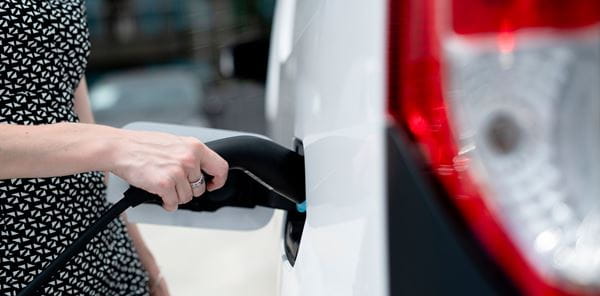
Why it’s time to transition to an e-LCV fleet
The fight against climate change is already under way. The role of businesses in this initiative is vital. One of the actions we can do together is to increase the mileage of zero emissions.
From white van to “green” van
Cities have long been battling congestion and air pollution and governments across Europe are stimulating the transition to electric driving by introducing tax incentives and tougher legislation for the transportation in the city centres. Especially since the beginning of Covid-19 pandemic, people are more likely to use online shopping and home delivery.
To tackle this problem, governments across Europe are stimulating the transition to electric driving by introducing favourable taxes and tougher legislation for transformation and access to city centers.
Εlectric light commercial vehicles (eLCVs) are a good way for your business continuity, inside and outside of cities. Simultaneously, their use is combined with financial incentives and has favourable tax rates.
Moreover, eLCV models- soon to be launched offer more tech than ever before. Electric vehicles have now become more affordable and popular - the next wave of electrification is set to revolutionise the light commercial vehicle segment.
Read our new white paper and find out why it’s the right moment for companies to ignite the transition towards an eLCV fleet, but also how to get started on the journey towards emission- free business mobility!





